November 29 is Square Dance Day
Today is Square Dance Day. Some of us remember awkward co-ed square dance lessons in the high school gym. Or maybe we watched a group do-si-do on a parade float down Main Street. How can we keep the memory alive of an American folk dance and its European roots? We’re glad you asked.
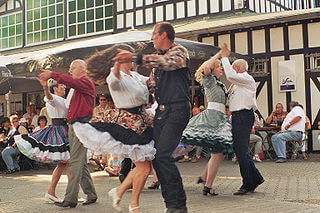
In 17th-century England, teams of six–all men, for propriety’s sake–began performing what was called the morris dance. The fad inspired a country dance in which couples lined up on village greens to practice weaving, circling and swinging moves reminiscent of modern-day square dancing.
French couples in the 18th century squared off for dances such as the cotillion and quadrille. Folk dances in Scotland, Scandinavia and Spain are also thought to have influenced square dancing.
Europeans brought these dances with them when they settled the North American colonies. French styles became popular after the American Revolutionary War when many newly-minted citizens disdained British traditions. Several square dancing terms have their origins in the French language, including “promenade,” “allemande” and “do-si-do”—a corruption of “dos-à-dos,” meaning “back-to-back.”
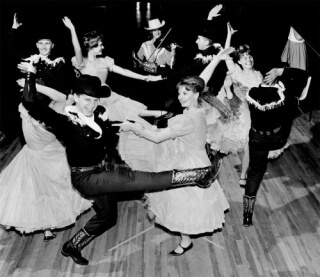
A similar style called the “running set” caught on in 19th-century Appalachia. At first, participants memorized all the steps but soon the dances became so complicated that it became necessary to have someone call out cues. This caller’s original function was to call out the steps in time to fiddle music, so dancers wouldn’t have to memorize them all.
As square dance calling became an art form in its own right, the best ones invented lines to say between cues such as “Don’t be bashful and don’t be afraid. Swing on the corner in a waltz promenade.” A caller might also come up with new dance steps and routines.
Waltzes and polkas, which allowed couples to get closer to each other without raising too many eyebrows, supplanted group-based dances by the late 19th century. As the jazz and swing eras dawned, square dancing came to seem even more outdated.
In the 1920s, automaker Henry Ford decided to revive the tradition as a form of exercise and, more important, as instruction in proper manners with the opposite sex. He paid for the development of a national program, opened ballrooms, made attendance mandatory for his factory workers, and produced instructive radio broadcasts for schools throughout the country.
Lloyd Shaw, a folk dance teacher in the 1930s, wrote books about the rescued art of square dancing and held seminars for a new generation of callers. In the 1950s, standards were developed for square dancing across the United States, allowing dancers to learn interchangeable routines and patterns.
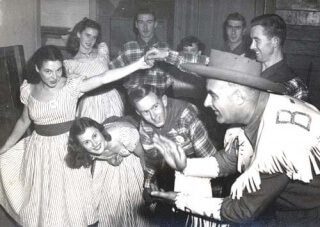
Recordings made the square dance more accessible since a trained caller no longer had to be physically present. Anyone in the country could dance to Ernest Legg of West Virginia’s calling on 78:
Ladies do and the gents you know,
It’s right by right by wrong you go,
And you can’t go to heaven while you carry on so,
And it’s home little gal and do-si-do,
And it may be the last time, I don’t know,
And oh by gosh and oh by Joe.
Square dancing continues to thrive in some areas although its overall popularity has waned in recent decades, according to the United Square Dancers of America. Alabama, Georgia, South Carolina, Tennesse and Virginia have all seen fit to make the square dance their ‘folk dance’ State Symbol.
Want to know more? Let Bugs Bunny call the tune:
Sources:
History.com – Square Dancing: A Swinging History
Appalachian History – And it’s home little gal and do-si-do
![]()

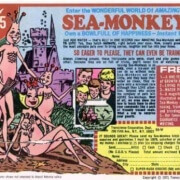
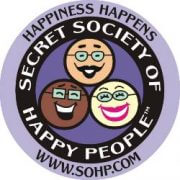



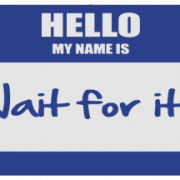


This article on Square Dancing stops the story in the 1950s and ends with a silly 1949 cartoon, leaving the reader with a total mis-impression of MODERN square dance. Today’s callers don’t do rhyming couplets. We aren’t rustic hillbillies. We dance to music on laptops or iPads driving sophisticated sound systems. Fashions are gradually changing, with fewer ladies in crinolines.
Hi, thanks for the update. This is a lighthearted site about unofficial holidays. We try to confirm historical information as well as we can. That said, Worldwide Weird Holidays doesn’t represent itself as an encyclopedic record of any subject. I’ve no doubt that square dancing has evolved since 1950; we used piped-in music in my day, too. (I’m not sure what’s wrong with rhyming couplets, though.) Again, this is not a serious website. If you can’t take a little ribbing, maybe square dancing isn’t for you.